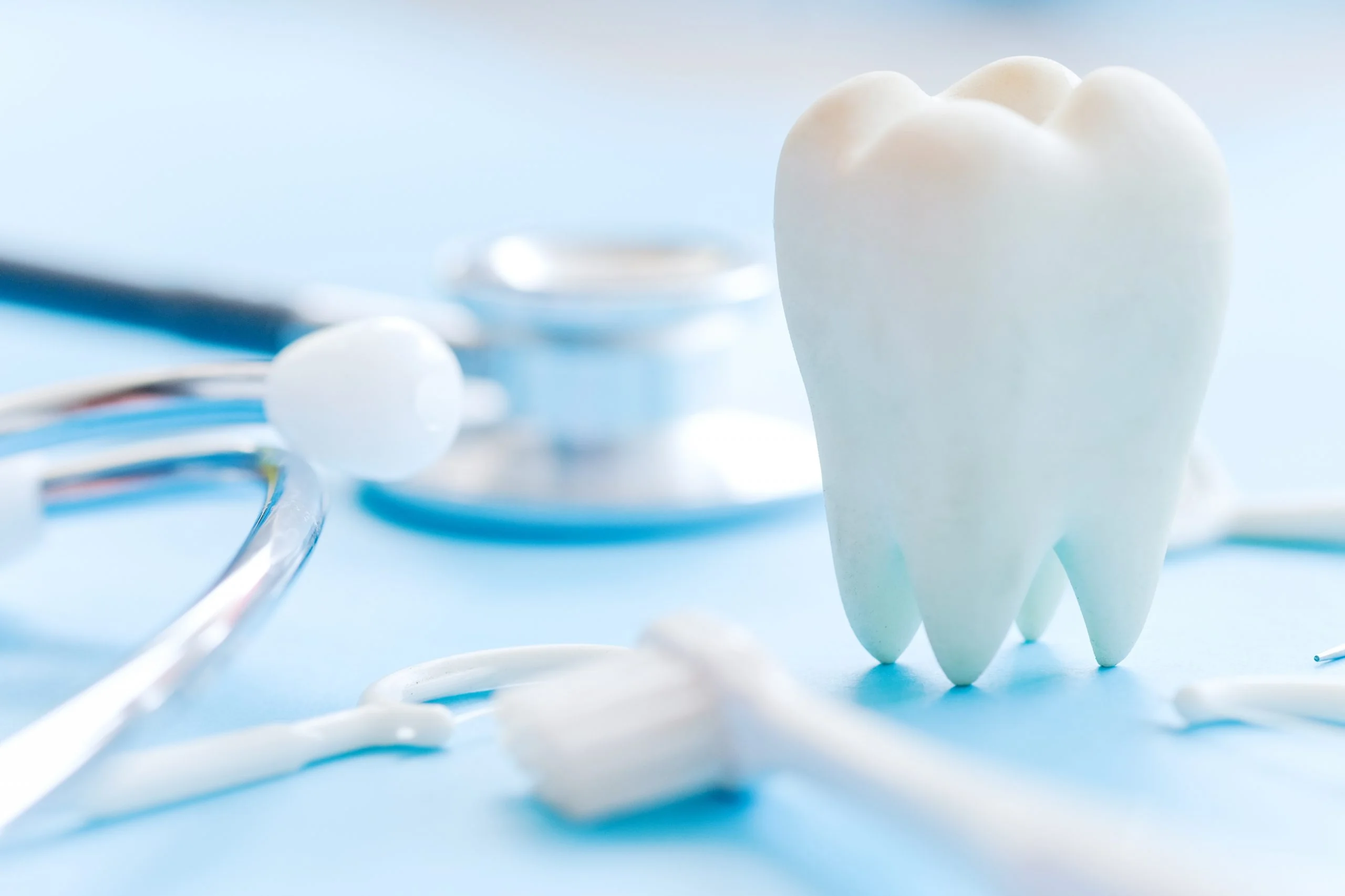In today’s digital age, the importance of a well-designed dental website cannot be overstated. It’s often the first point of contact for potential patients searching for dental services. A well-crafted website can create a positive first impression, build trust, and ultimately, convert website visitors into patients. But what does it take to design dental websites that attract more patients? It involves a combination of understanding the patient’s perspective, implementing user-friendly design, and leveraging SEO to boost your website’s reach. Moreover, it requires constant monitoring of results and adapting strategies for continual improvement. Throughout this article, we’ll delve deeper into these aspects, providing you with valuable insights and tips on designing dental websites that stand out and attract more patients.
Why Digital Presence Matters for Dentists Today
In this digital era, where people are increasingly turning to the internet to find services, a strong online presence is undeniably crucial for dentists. An effective dental website acts as a virtual reception, providing information about the dentist’s practice, services, and contact details. It also helps potential patients to understand the quality of care they can expect, through patient reviews and before-and-after images of treatments. More importantly, it provides a platform for practices to showcase their expertise and professionalism. Hence, having a well-designed and user-friendly dental website is not just an added benefit, but a necessity in today’s competitive market. It forms the cornerstone of a dentist’s online presence and can significantly influence a potential patient’s decision to book an appointment.
Understanding the Patient’s Perspective
Developing an effective dental website goes beyond simply displaying information about your practice. It involves understanding patient needs and expectations. The user journey should be seamless and intuitive, making it easy for visitors to find the information they’re looking for. Additionally, content should be tailored to address common queries and concerns, such as treatment costs, procedure details, and payment options. A website that empathises with visitors and provides clear, concise answers to their questions is more likely to build trust, leading to higher conversion rates. In essence, successful dental websites are built around the patient’s perspective — they create an online experience that mirrors the comfort and care patients can expect at the practice.
Key Elements of High-Performing Dental Websites
High-performing dental websites typically have a few key attributes. They are visually appealing, easy to navigate, informative, and optimised for search engines. A clean, professional design that reflects the brand identity can significantly enhance the website’s appeal. Simultaneously, an easy-to-use interface with clear menus and simple page layouts makes it easy for patients to find and understand the information they seek. Crucially, the website should contain detailed, valuable content about your services, team, and operations, positioning your practice as a trusted expert in the field. Finally, SEO optimisation is vital to ensure your website ranks highly in search engine results, increasing visibility and attracting more potential patients. These elements, when integrated cohesively, form the backbone of effective dental websites.
Implementing User-Friendly Design for Better Engagement

Implementing a user-friendly design is a key aspect of creating dental websites that engage and retain visitors. This involves making the site easy to navigate, with clear menus, intuitive layout, and a search function to help visitors find the information they need quickly and effortlessly. Furthermore, the website should be responsive, ensuring it displays correctly on all devices, including smartphones and tablets. It’s also important to ensure the website loads quickly, as slow loading times can lead to visitors abandoning the site. Lastly, including interactive elements such as online appointment booking and live chat can enhance user experience and engagement. By focusing on user-friendly design, dentists can create websites that not only attract more visitors but also encourage them to stay longer and take action, such as booking an appointment.
Leveraging SEO to Boost Your Dental Website’s Reach
One cannot overlook the significance of SEO when it comes to improving the visibility of dental websites. A well-optimised website garners higher rankings in search engine results, thereby attracting more potential patients. Key SEO practices involve targeting relevant keywords, producing engaging and informative content, and ensuring a mobile-friendly design. It’s also essential to incorporate local SEO strategies, as most dental patients search for services within their vicinity. This could involve listing your practice on Google My Business, using geo-targeted keywords, and gathering positive reviews. Importantly, SEO isn’t a one-time task, but an ongoing process of refinement and improvement. With consistent efforts, SEO can significantly boost the reach of your dental website, increasing the chances of attracting more patients to your practice.
Monitoring Results and Adapting for Continual Improvement
In the world of digital marketing, it’s essential to monitor the performance of dental websites and adapt strategies for continual improvement. This involves using tracking tools to analyse website traffic, user behaviour, and conversion rates. Insights gained from this data can enable dentists to identify areas of success and areas needing improvement. For instance, if a specific page has a high bounce rate, it may indicate that users are not finding the information they need, prompting a revamp of the content or design. Similarly, understanding which keywords are driving traffic can help fine-tune SEO practices. In essence, a successful dental website is not a static project, but an evolving one that adapts to user needs, market trends, and technological advancements for continual patient attraction and retention.


